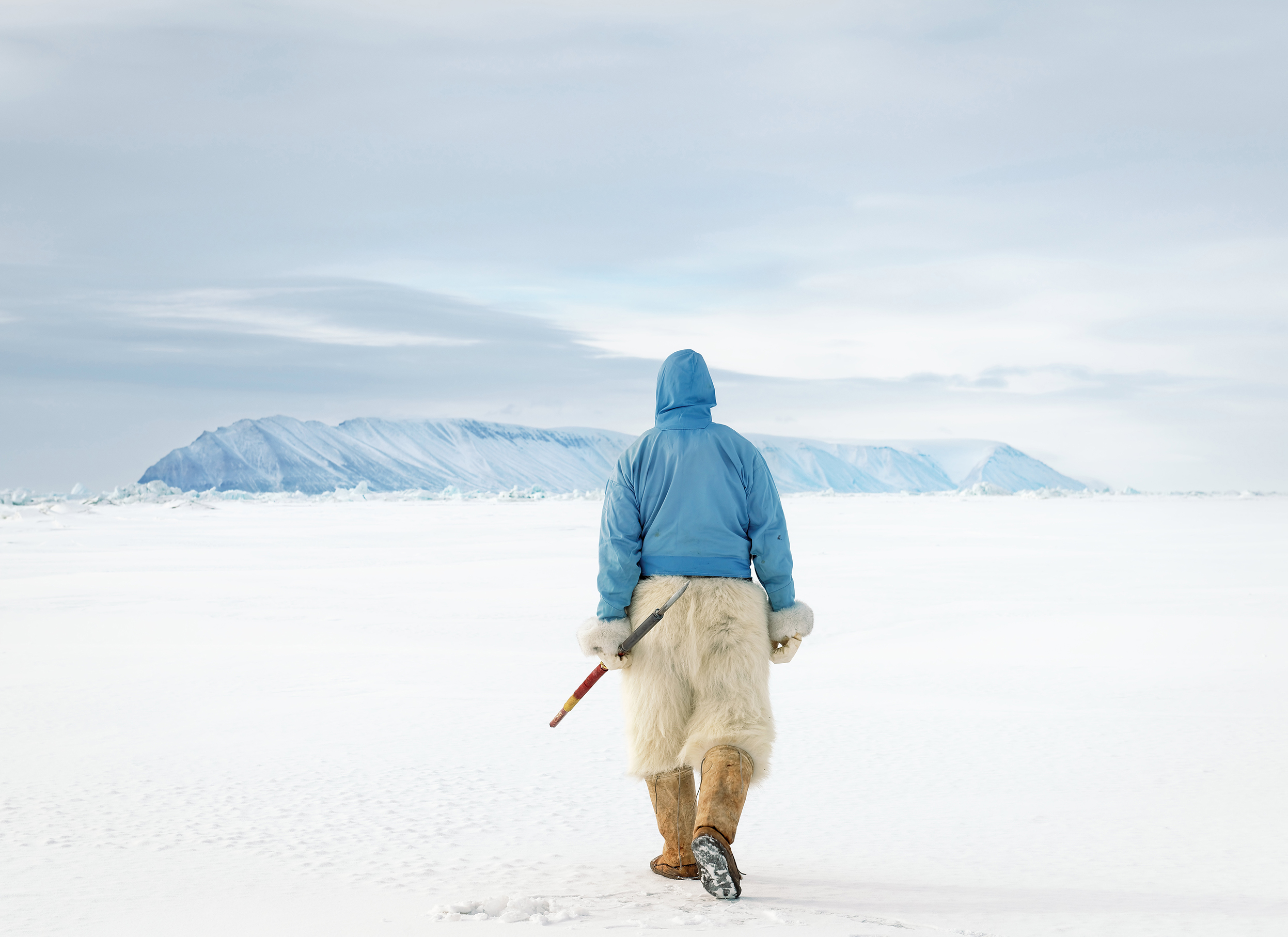

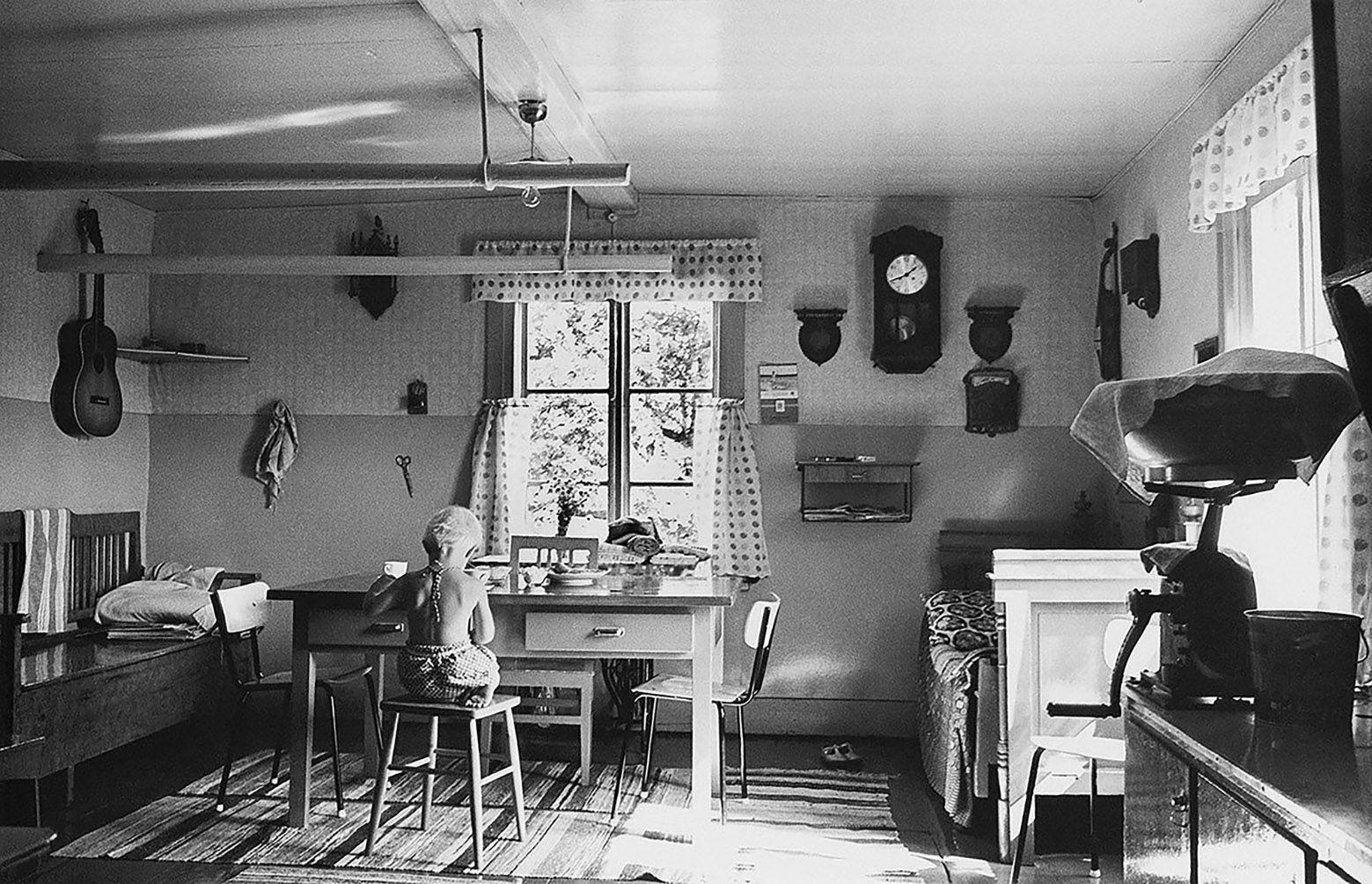
“The years go by like telephone wires along the roadside. Yet pictures freeze the passage of time, turning it into a multitude of provinces that we continue to inhabit. We can observe them, step into them and relive things that we let go long ago. At best, they can arbitrate knowledge and bring people together. […] That was my intention, anyway.” These words from Sune Jonsson, written in 1986, perfectly sum up the nature of his work.
Born in 1930 in Nyäker, a remote village on the Swedish plains, Sune Jonsson is a faithful disciple of social and documentary photography. While art critics rightly compare him to his forerunner, the American Walker Evans, his images also show similarities with Robert Doisneau’s rural France and the atmosphere depicted by Willy Ronis.
Heavily influenced by the work of photographers from the Farm Security Administration (FSA), who documented American rural poverty during the Great Depression in the late 1930s, Sune Jonsson set out to write a similar testimony this side of the Atlantic.
For half a century, he immortalised society in his native province of West Bothnia – a far cry from the capital Stockholm, where he studied in the 1940s when his family moved there. Upon returning to his birthplace, he viewed the area with a fresh eye. An intellectual and poetic eye, which enabled him to tenderly encapsulate a fragment of Swedish society that has now disappeared.
JARDIN DE L’AFF
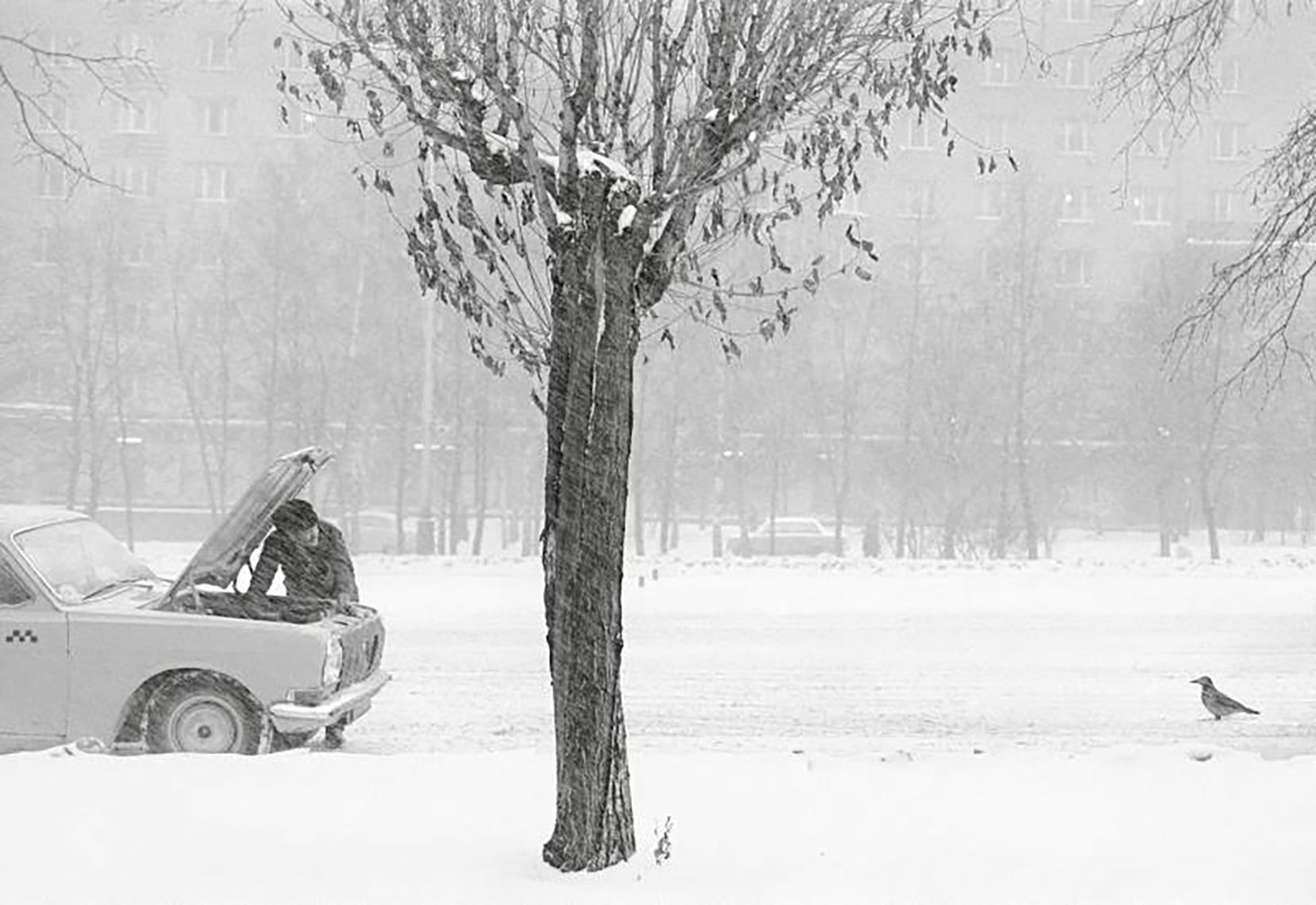
Pentti Sammallahti’s photographs are real gems. Not only because his contemplative images are brimming with poetry, but also because the Finnish photographer is a real virtuoso behind the camera. For him, black and white never means flat monochrome, with suffocated blacks and blinding whites. Quite the contrary: in his images, the shades of grey form an infinite palette of bright colours that he uses to compose his shots.
The lensman has established himself as one of the great living masters of black and white and is best known for his outstanding work featuring the landscapes of his homeland, where wonderfully simple, pared-down beauty vies with the splendour of Japanese prints. Here, however, the full diversity of his work is on show. A selection of images that, whether focused on animals or human beings, are always infused with an innate empathy. Photographs with universal grammar and vocabulary, whose humour and humanity speak to all generations.
Sammallahti was born in Helsinki to a family of artists: his father was a silversmith and his grandfather was the Swedish photographer Hildur Larsson. A family heritage that explains both his unique eye, fostered by an unparalleled photographic culture, and his painstaking love of detail and refinement. His talent refuses to restrict itself to any one genre, style or format. The artist does away with such barriers to embrace photography as a whole, using it to nourish his imagination and his deep sensitivity.
PRAIRIE
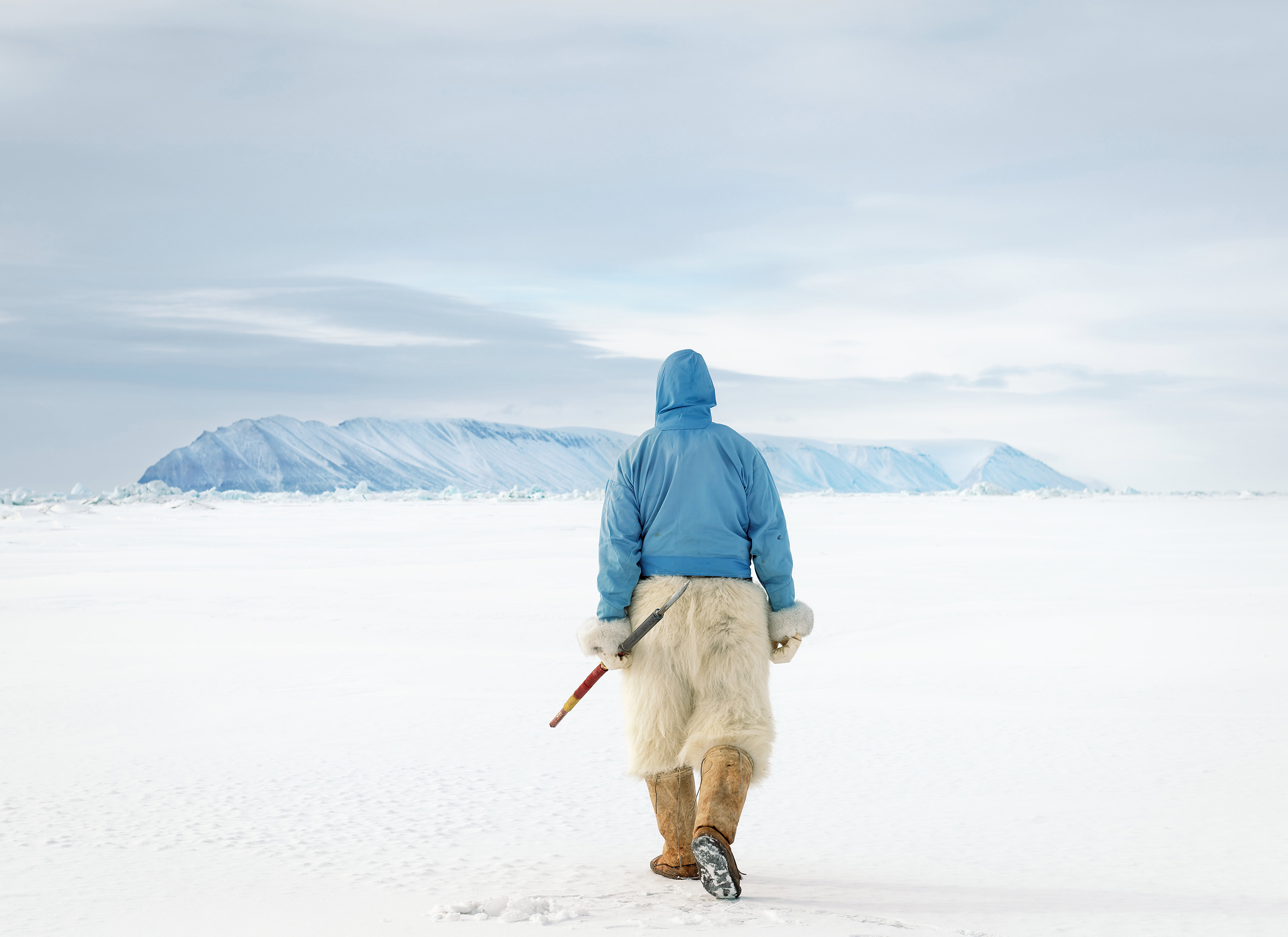
Tiina Itkonen set off for Greenland in the 1990s, keen to discover the indigenous peoples of the Arctic and their deeply ingrained culture. There, she took one of her first photographs – the portrait of a woman lying down, hair grips and fish bones pinned in her long black hair, which recalled the waves of a gentle sea. That was just the beginning of a long adventure.
Since then, a part of Tiina Itkonen has always remained in Greenland, the world’s second-largest ice cap after Antarctica. With her numerous trips there, the photographer has learnt the basics of the local language to communicate with the people in front of her lens. In 2004, after a third two-month trip to the country, she published her first book on the Inughuit community, a Greenland Inuit minority in the Thule region, who were nomadic for centuries but gradually settled during the 20th century. Tiina Itkonen travels the Greenland coast, crossing the hazardous icy lands on a sleigh or sailboat, or in a helicopter, plane or tanker, doing whatever she can to reach the tiny villages lost at the tip of the ice and to record the daily life, habits and customs of the Greenlandic people.
Having earned international recognition for this work, the photographer continues to pursue her projects around the Arctic, focusing a little more on how landscapes are evolving with global warming and the influence that humans are having on this place where the sky meets the ice.
BOUT DU PONT ET PLACE DE LA FERRONNERIE
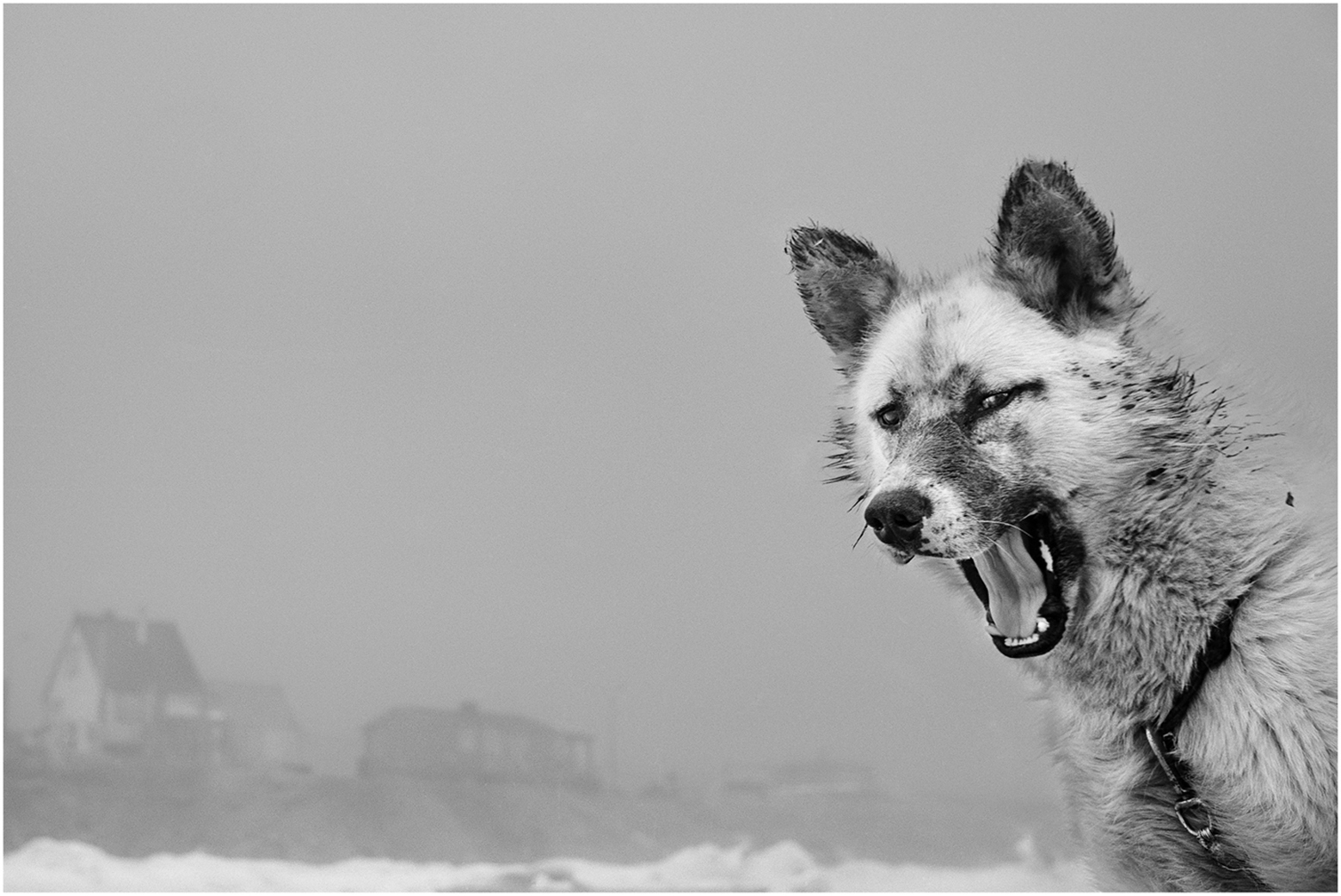
For Ragnar Axelsson, winter is not coming: winter has always been here. The man known simply as ‘Rax’ was born in Iceland in March 1958 – in the depths of winter, fittingly. His has been a life of ice, blizzards and piteraq, the katabatic wind that sweeps over the Arctic polar ice cap and howls over the icy steppes of Greenland and Iceland. The same wind that constantly blows through Axelsson’s photos. He has taken photographic possession of this sublime white yet hostile world. For over thirty years, he has strived to document every aspect of these frozen lands, where the people of the extreme cold live in harmony with the area’s wildlife.
His exemplary work on sled dogs underscores how the potential extinction of this iconic animal threatens the very survival of the traditional Inuit 4,000-year-old way of life. With unrivalled mastery of black and white, which he uses not as a short cut to aesthetics but as a form of photographic syntax to shape his narrative, ‘Rax’ captures with equal mastery the snow-bitten jaws of a wolf-dog and the windblown face of a hunter wandering along a wave-drenched, gale-swept Dyrhólaey beach.
Axelsson has worked as a photojournalist for the daily Icelandic newspaper Morgunblaðið since 1976, and alternates long-term projects with more ad-hoc reports for the newspaper. He is currently in the midst of creating an extensive series on the eight Arctic countries, where the effects of global warming are increasingly devastating. A photographic journey deep into the cold.
LABYRINTHE VÉGÉTAL
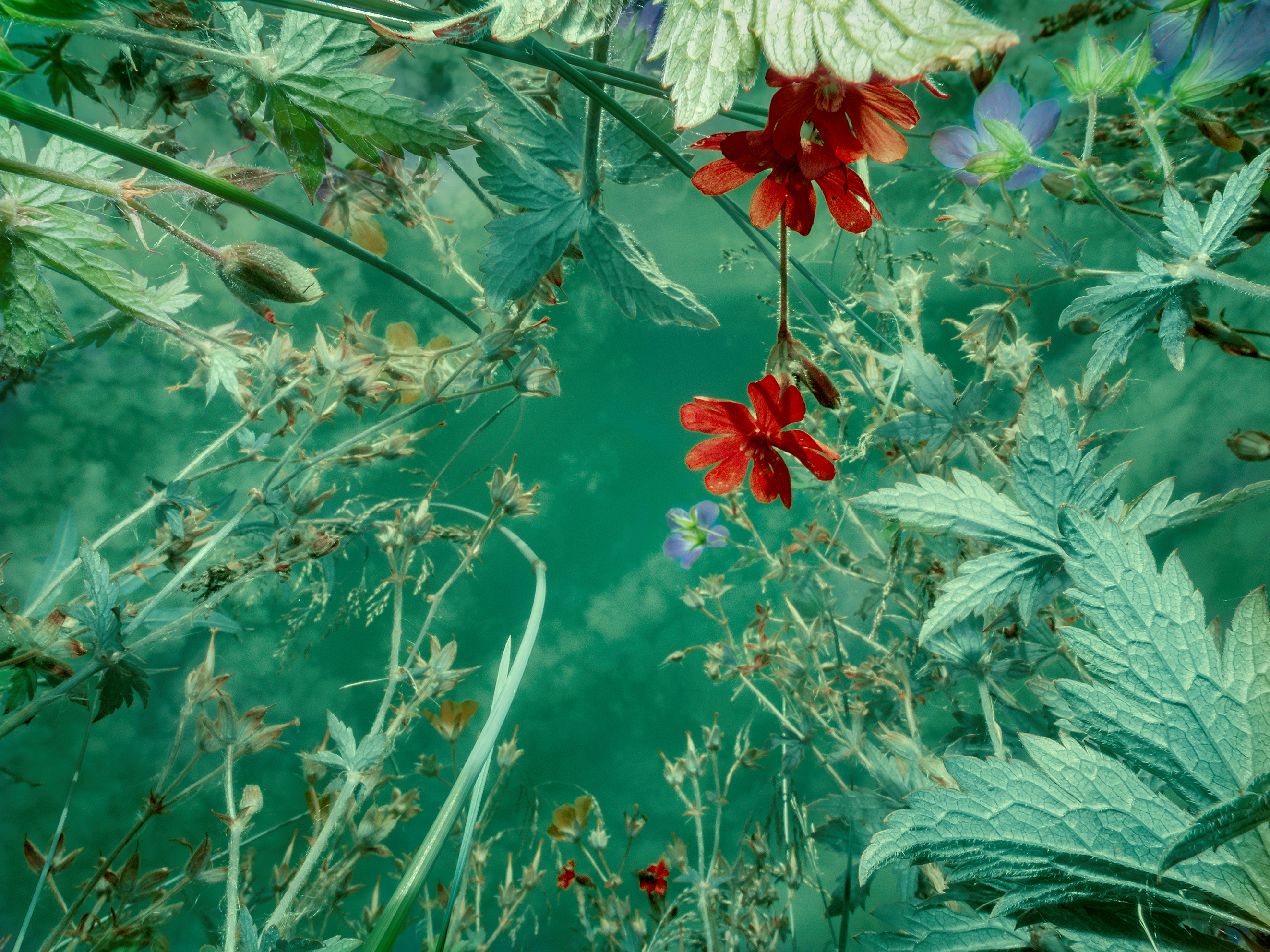
2020 may have kept Tine Poppe physically confined, but her creative force remained as free as ever! Restricted in her movements by the Covid-19 pandemic, the Norwegian photographer embarked on a special photographic experiment, collecting bouquets of flowers that would otherwise have been thrown away. “Visibly faded, drained and neglected, the imperfections of each flower told a story, revealed a character, expressed something that provoked empathy.” This series, known as Precious, complements other projects by this artist, who has received many awards and exhibited in several collections.
In Psychedelic Perceptions, the photographer also centred her reflections around plants in a tribute to the 1960s summers of love, the high point of hippie culture and the psychedelic movement. Celebrating the anniversary of the term ‘flower power’ coined by poet Allen Ginsberg, this series takes a look at weeds and wildflowers from an ant’s perspective.
In Rearrange, she explores urban and forest landscapes bathed in hazy and dreamlike atmospheres. The exhibition here opens with one of those images. A path criss-crossing through the grass and winding between majestic trees. The beginning of a photographic journey in three essays that reveal how we look at nature. Three essays like three different musical scales. Like verdant variations.
LABYRINTHE VÉGÉTAL
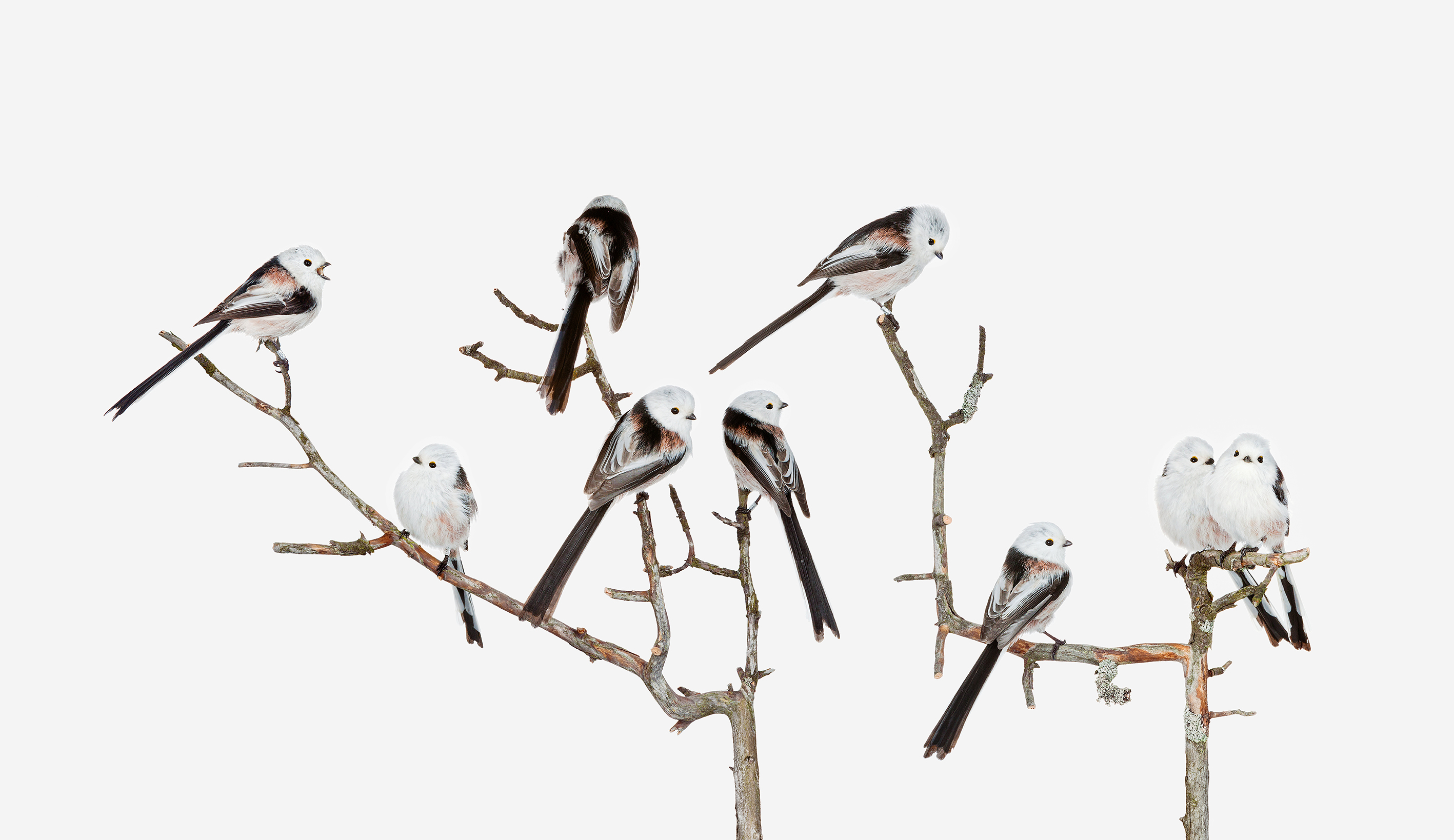
To produce her bird portraits, Sanna Kannisto travelled from Finland to Lake Baikal in Russia via South America and even Italy. It is, however, impossible to tell where you are when you look at these images of birds posed in front of an unchanging white background. They are reminiscent of the illustrations in 16th century scientific works, or paintings where the backdrop has been removed. And there’s an easy enough explanation: all these photographs were taken in a portable studio set-up that Kannisto takes with her on all her ornithological observation trips. Once the birds have been captured by professionals, she has them pose for a brief portrait session. They are fed and watered, then quickly released back into the wild.
Her almost Darwinian work – where photography meets scientific observation – reveals the birds in a new and unexpected light. Like any scientific journal worth its salt, each photograph is accompanied by the Latin name of the species photographed. By taking them out of their natural habitat, the lens captures the birds and offers them to us, free of distraction, to reveal their stunning plumage, the sublime details of their anatomy and the countless shapes of their beak.
Sanna Kannisto has had the opportunity to exhibit her work far beyond her native Finland, in the most prestigious American galleries, in museum photography exhibitions and in contemporary art collections. Proof, in needed, of how amazingly rich her images are.
LABYRINTHE VÉGÉTAL
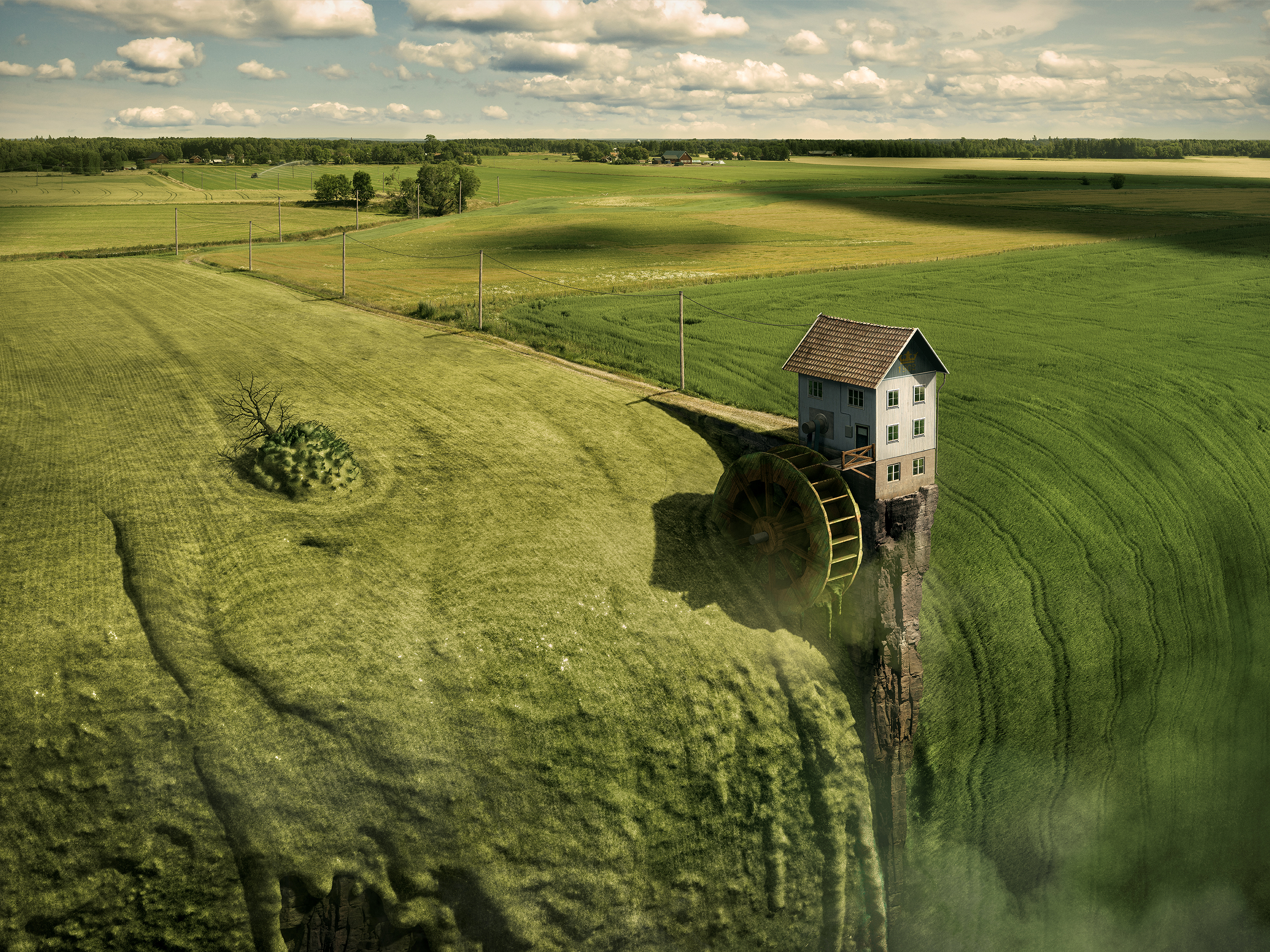
“I like creating photographs that force the viewer to stop for a few seconds to understand where the trick is.” The closer you look at Erik Johansson’s photos, the less you understand them. When he discovered photography at the age of 15, the artist quickly came up with a principle that would influence his entire career. For many photographers, the creative process stops after pressing the shutter button, but for Erik, who has a passion for art and drawing, that is where it all begins.
His technique is to combine several images that have nothing to do with each other to create surreal, sometimes absurd, views with one common thread running through all his works: concern for the environment. “I’d rather capture an idea than a moment,” the 36-year-old Swede likes to point out. For Johansson is a virtuoso of post-production, manipulating his digital tools as precisely as a surgeon wields his scalpel. His retouching skills are even the subject of entire conferences, where the professional graphic artist shares his tips and methods step by step. “You have to create a puzzle from reality,” explains the photographer. “You have to ask yourself what creates an illusion. Then you assemble the different pieces to create alternate realities.” Certain rules underpin his process: for example, the images must share the same perspective, the same light and the same contrast. “The aim is to make the reading of the final image as complicated as possible,” he concludes. “The beholder shouldn’t be able to spot where the original photo begins.” Like a cleverly performed magic trick.
GRAND CHÊNE
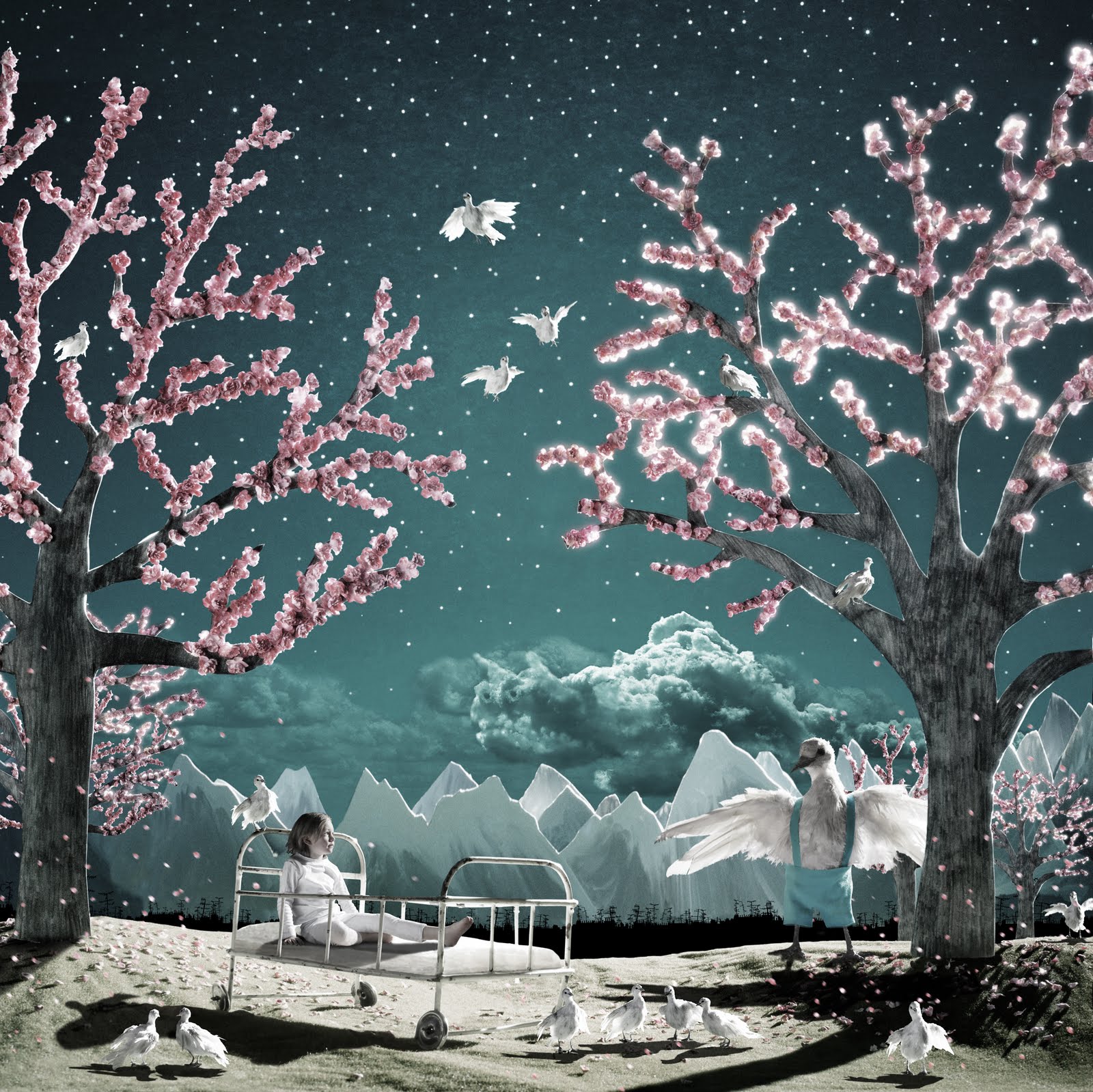
Intriguing? Terrifying? Charming? Poetic? Melancholic? Pensive? Disturbing? Faced with the works of Helena Blomqvist, we find ourselves grappling with a tumult of contradictory feelings. To produce her burlesque, delirious compositions, the Swedish photographer first creates images on paper in her small studio in Södermalm, Stockholm. “I always sketch out my ideas before I start,” she says. “Then I build my sets and models. I sew clothes, rent accessories, contact models, etc.” She confirms that she spends more time preparing her image and then digitally editing it than she does behind her camera. Some of these scenes require several months of work before the shutter button is pressed.
Free from convention, her detailed creations attract the eye of both contemporary art lovers and the general public alike, who inevitably see in them the dreamlike relics of folk universes and popular legends. Like a patchwork of dreams, nightmares, pages ripped from dusty story books, old paintings inhabited with strange creatures, or the reel of some fantasy film.
Because, beyond her flair for composition and ability to imagine scenes animated by a universal language, Blomqvist also invests her images with a certain cinematic power. A journey to the source of your dreams.
RUE LA FAYETTE
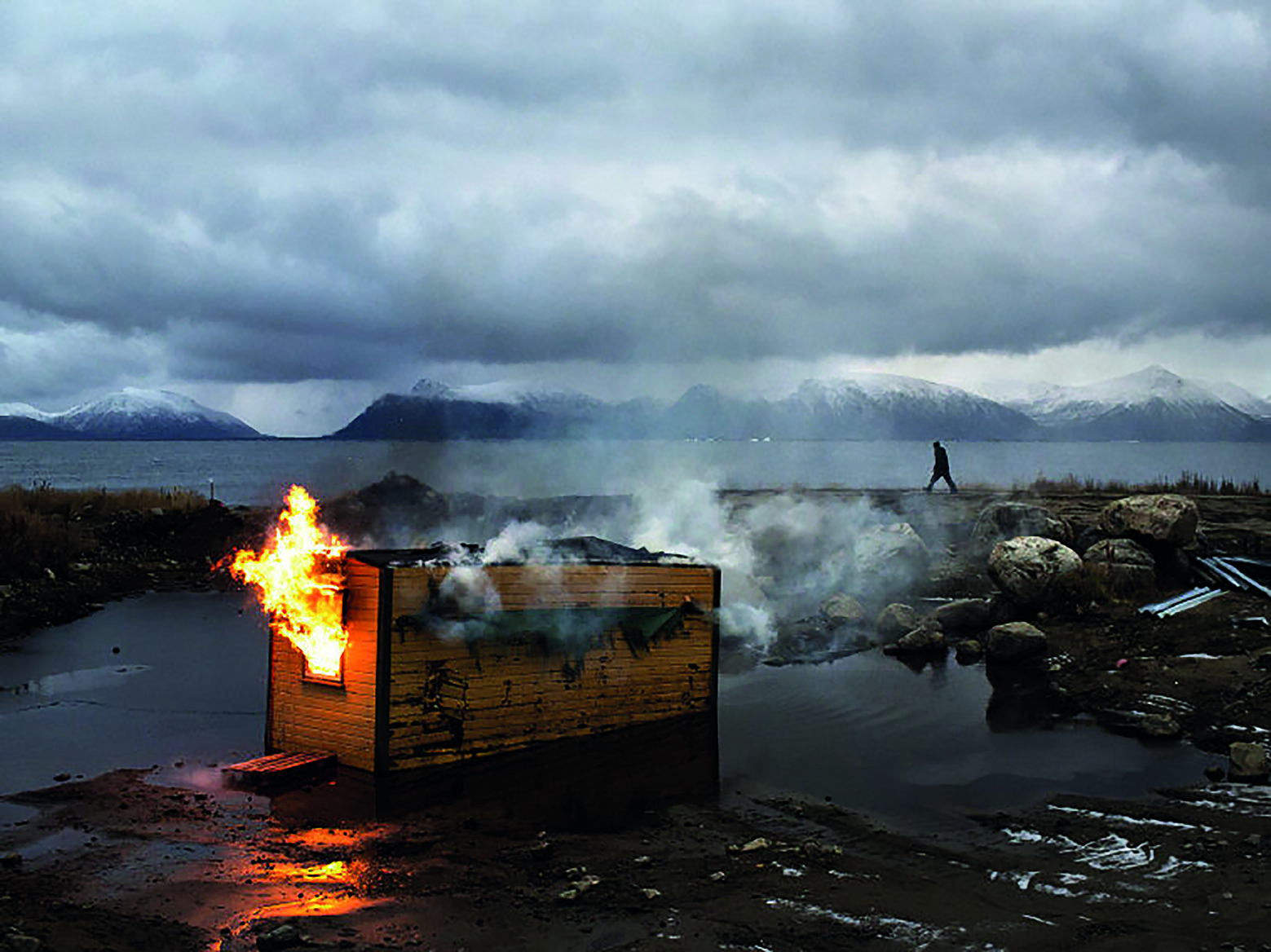
In 60 years, China’s largest glacier in the Qilian Mountains has retreated some 500 metres. The same phenomenon has been observed on most of the 40,000 glaciers perched atop the world’s highest peaks around the Tibetan plateau. These glaciers make up the largest freshwater reserve in the world, forming the headwaters of mythical rivers such as the Indus, Mekong, Yangtze and Ganges. In all, more than two billion people depend on this water to survive. Here, rising water levels do not come from below, as is the case with the melting of the two ice caps and the Arctic, but are instead descending from the Roof of the World. Last February, a glacier that broke away from the Himalayas led to the death of ten people and the disappearance of a hundred others. An incident that is just the tip of an iceberg that is melting before our very eyes.
Norwegian photojournalist Jonas Bendiksen, who regularly features in National Geographic and has been a member of the Magnum agency since 2004, has documented this ecological disaster that is threatening an entire way of life: from the flanks of the Himalayas to the gigantic cities reminiscent of ant hills with their soaring demographics. A rigorous observer of the turmoil in our changing world, Bendiksen is also the quiet scribe of a much calmer daily life. In Vesterålen, for example, in the north of his home country of Norway, where he was hired by a local newspaper and produced an intimate body of work that brilliantly captures the atmosphere and identity of this remote region and its inhabitants. This exhibition juxtaposes these two series and their diametrically opposed focal points.
JARDIN DU RELAIS POSTAL
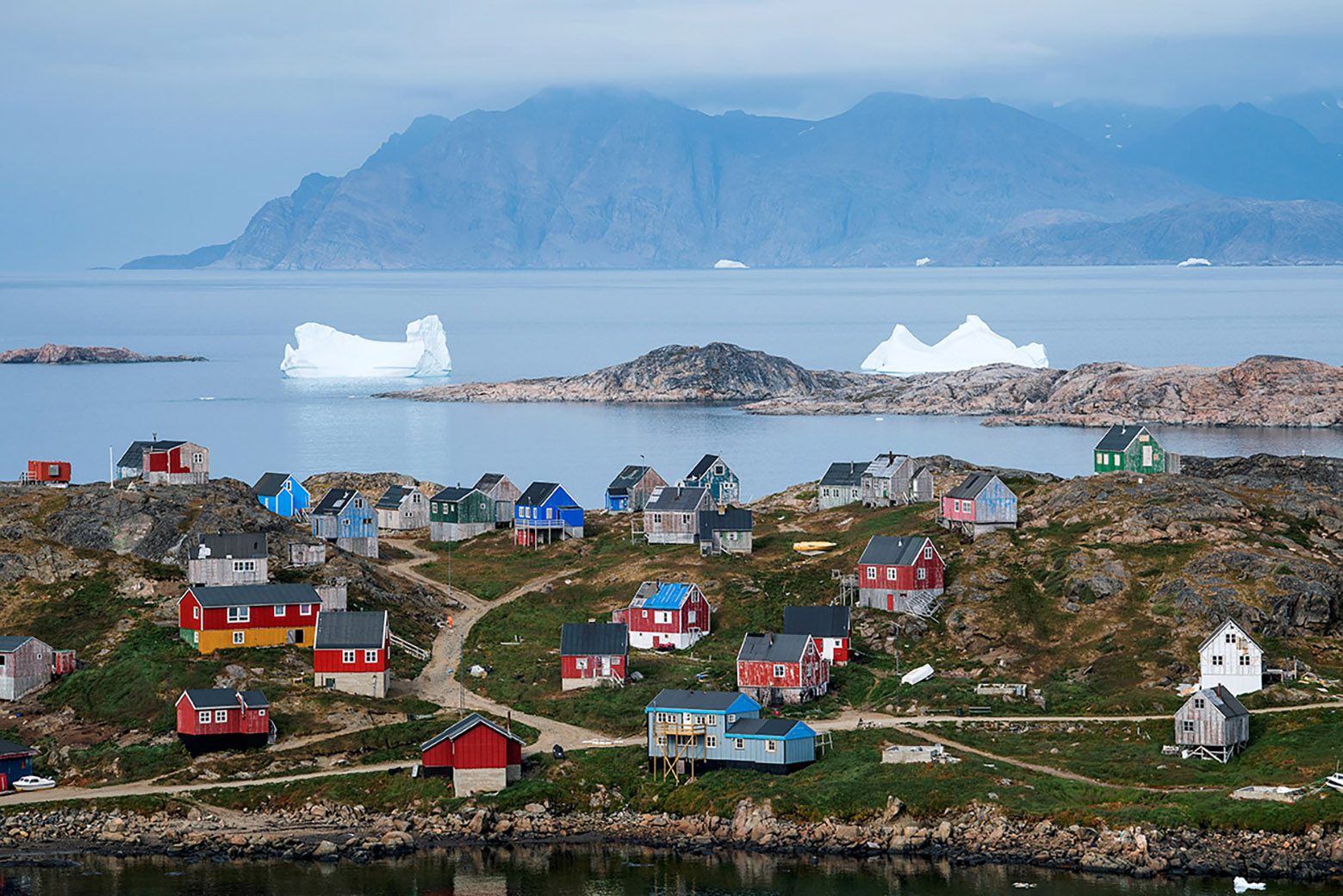
Jonathan Nackstrand has travelled the length and breadth of the Far North. “There’s only one place I haven’t yet been: Svalbard.” Norway’s northernmost archipelago is thus missing from the repertoire of this Swedish AFP photographer based in Stockholm. But he has roamed the rest of the Scandinavian countries and explored them in all their complexity. “It’s certainly more difficult for an agency photographer to find a story in Finland than in the Middle East,” jokes the journalist, who acknowledges “that everything is quite slow and peaceful here.” However, when you look through his archives, a common thread immediately emerges. A theatre shrouded in snow and cold far from the turpitudes of the big news stories, the Nordic territories and their problems are gradually making their mark on the world. For while ecological awareness is not a new phenomenon, it took on a whole new dimension in the summer of 2018 with teenager Greta Thunberg. And with good reason: all these countries are sentinels, among the first to feel the effects of global warming – well ahead of Europe’s southern states. “Whether it’s covering the Sámi people who are having to change their lifestyles because of rising temperatures, car races on snow that can no longer take place or Greenland’s glaciers breaking off into the sea with global warming, we cannot deny the obvious.” Having become acclimatised to the cold, these territories must now deal with its gradual waning.
RUE SAINT-VINCENT
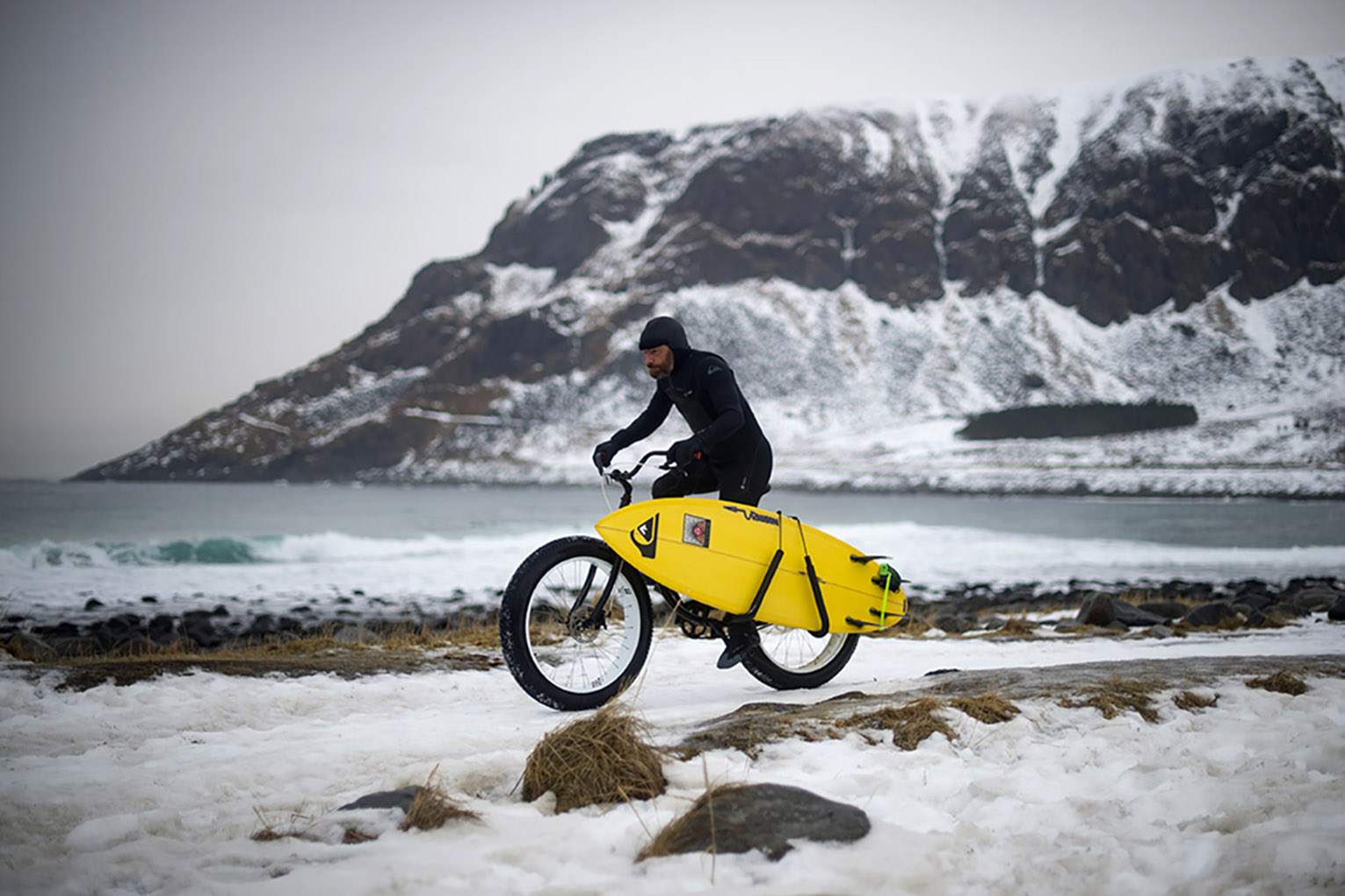
What drives a surfer to pursue their passion in waters of around 3°C amid the snowy fjords? “They just don’t have a choice,” says Olivier Morin, head of the AFP’s photo department, formerly based in Stockholm and a lover of the Scandinavian countries he continues to document. “For Norwegians, who represent the vast majority of people I photograph, extreme temperatures are not a problem: they live with them all year round.” Living with the cold all your life changes your relationship with freezing temperatures. “There’s even a point at which we develop a kind of addiction to the physiological and psychological sensations it procures,” Morin continues. “I am a fan of cold weather!”
Conditions such as these force photographers to adapt, both logistically and psychologically. Leaving equipment in the cold when not at work to prevent misting, choosing a diving suit that is warm enough to work in but light enough to be able to move quickly if there’s suddenly a problem… “It’s a whole routine that you learn as you go along,” explains Morin. “The first time I went into the water with my camera, I had to stop working after 10 minutes.” From freedivers and ice divers to surfers, he captures the intimate relationship between these somewhat crazy athletes and the extreme cold. “They don’t suffer, and neither do I,” Morin concludes. “It’s fun, more than anything! Real and authentic.”
RUE SAINT-VINCENT



